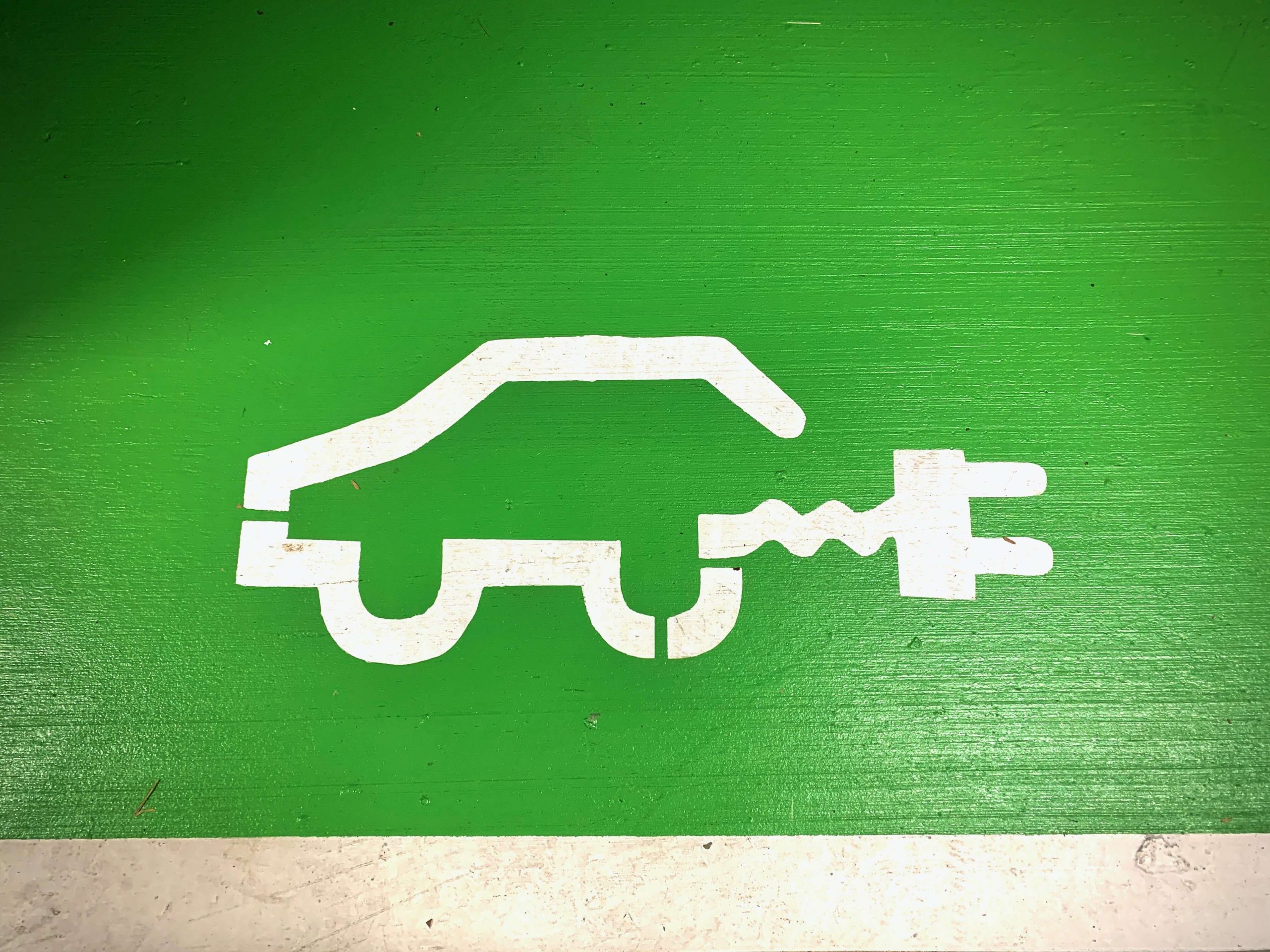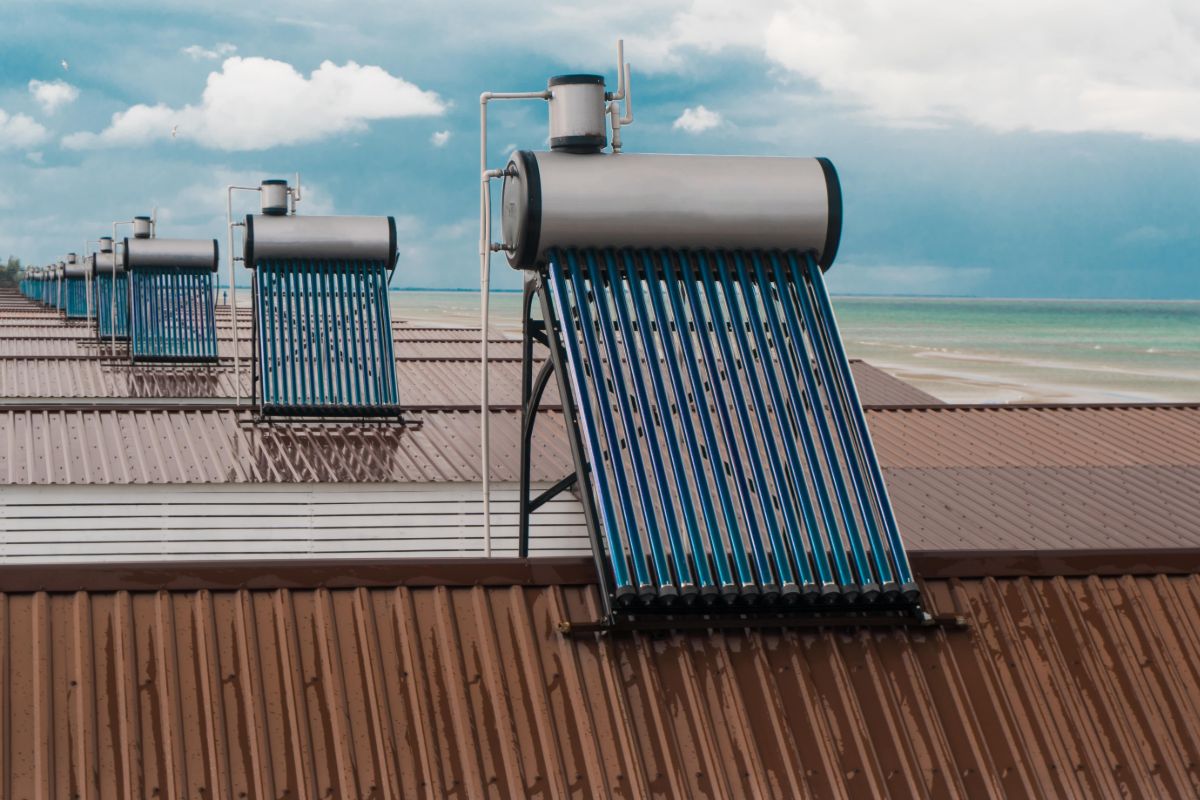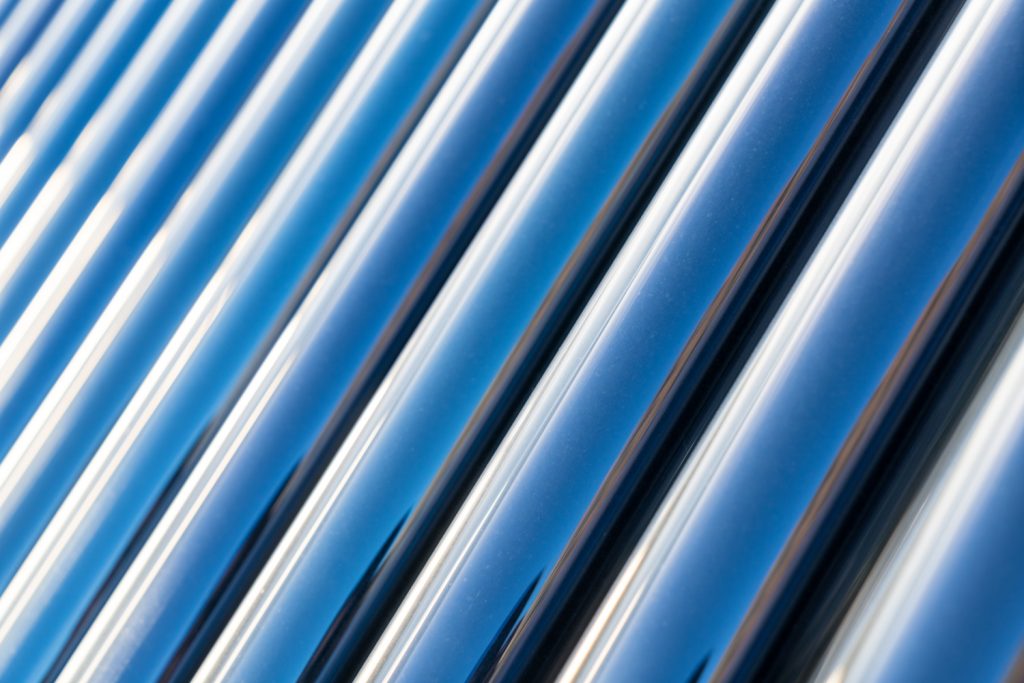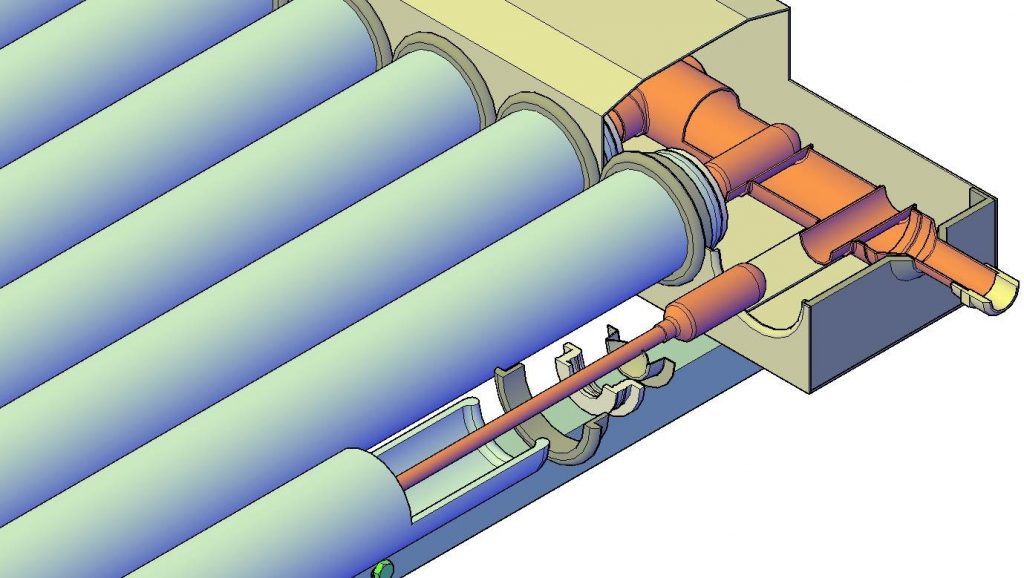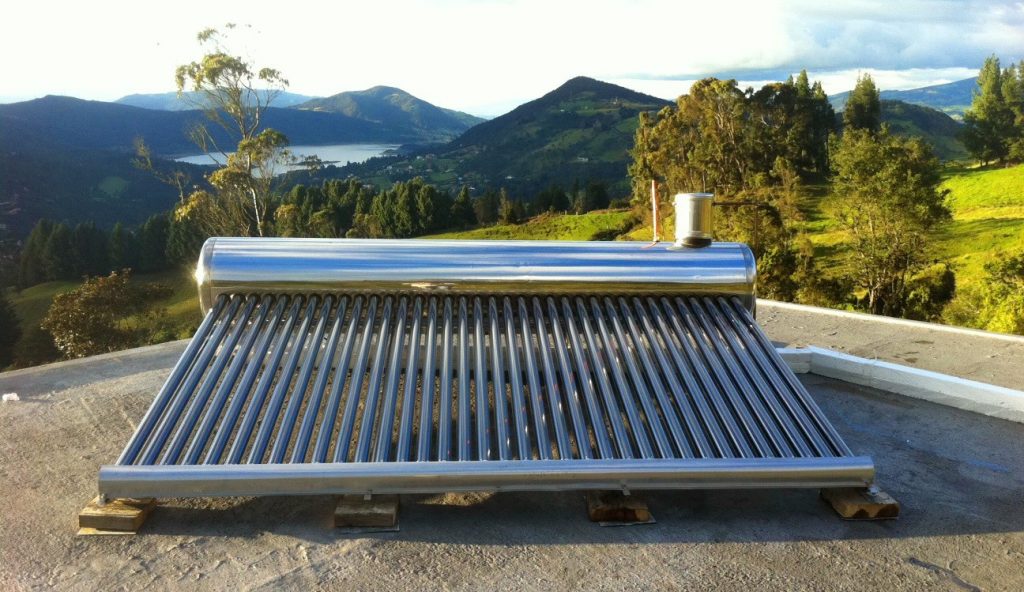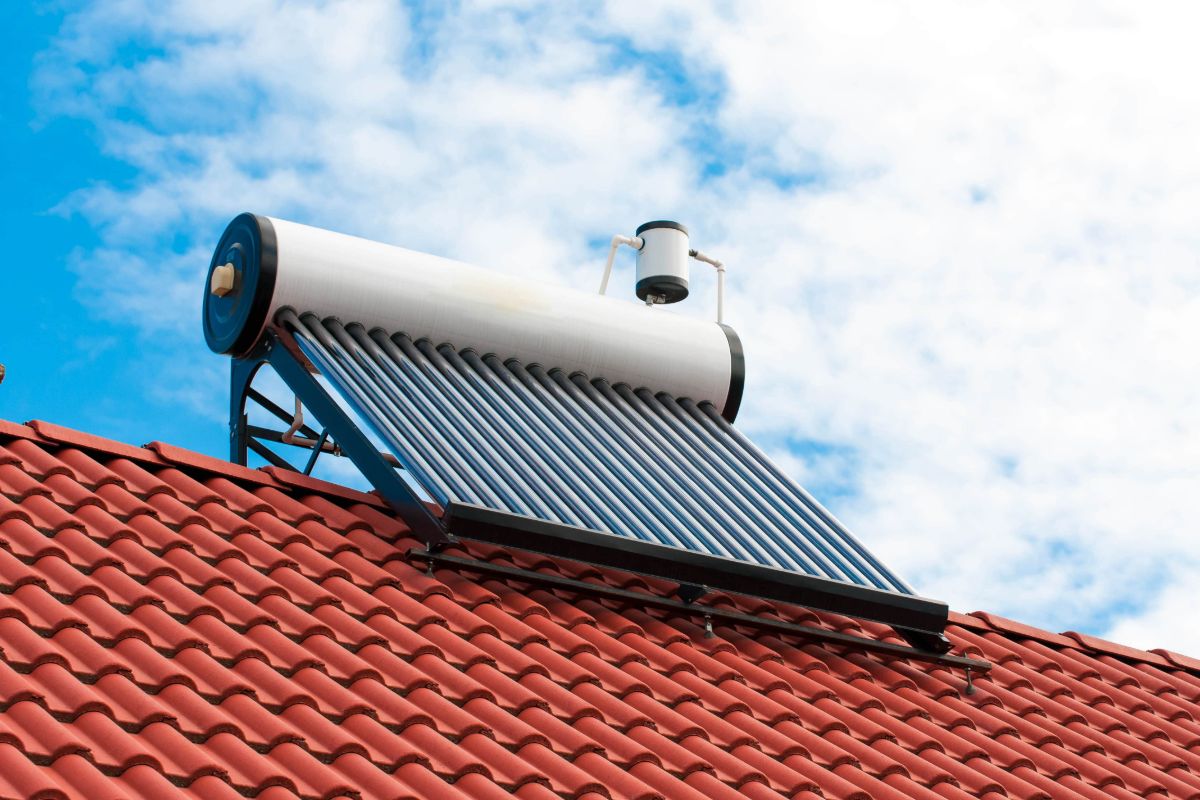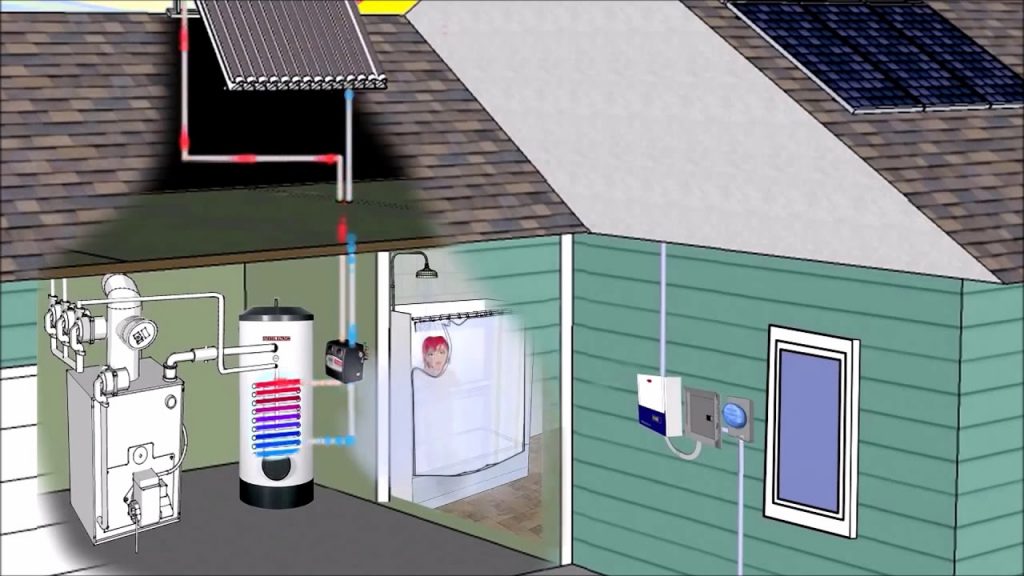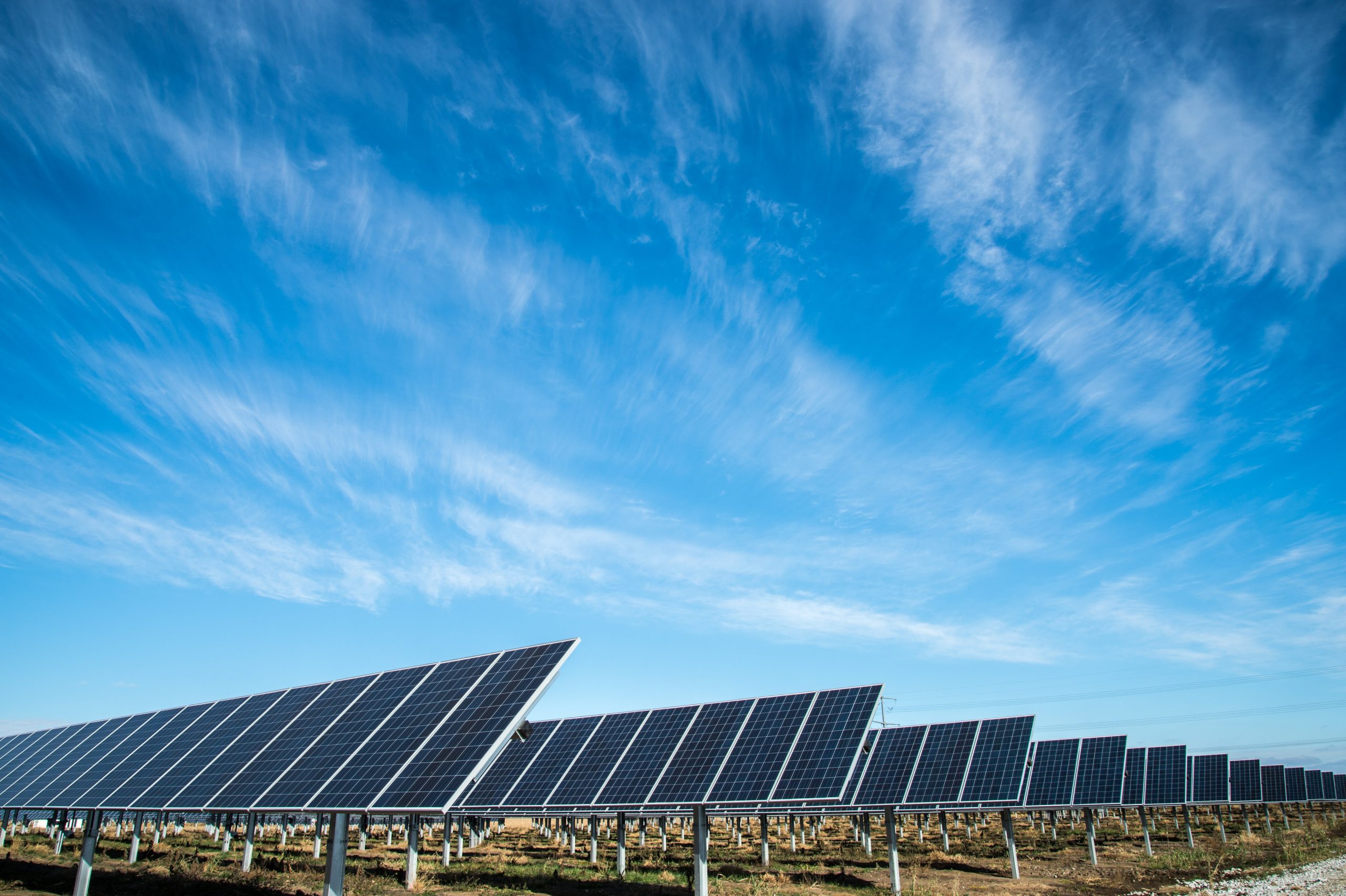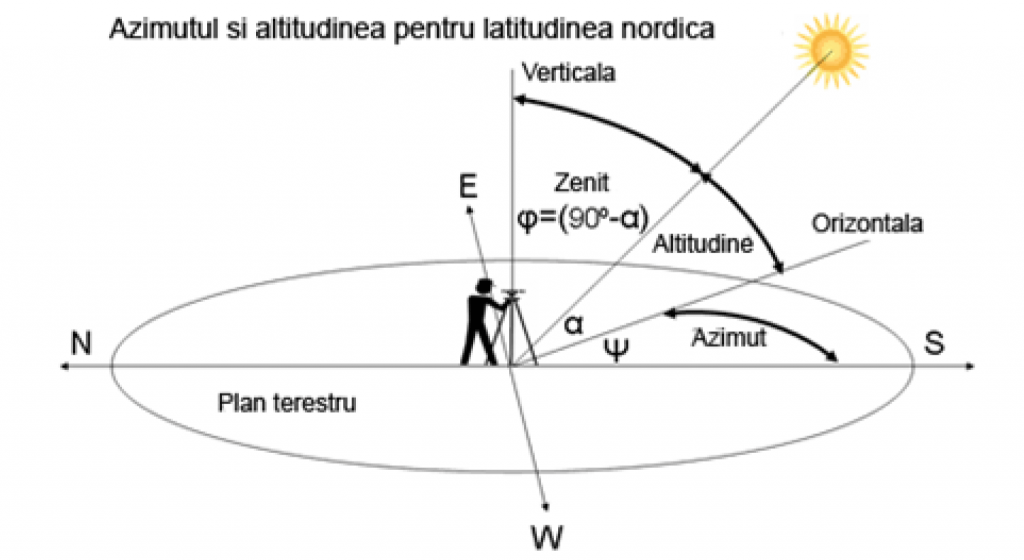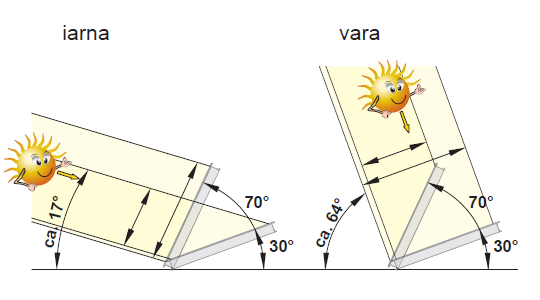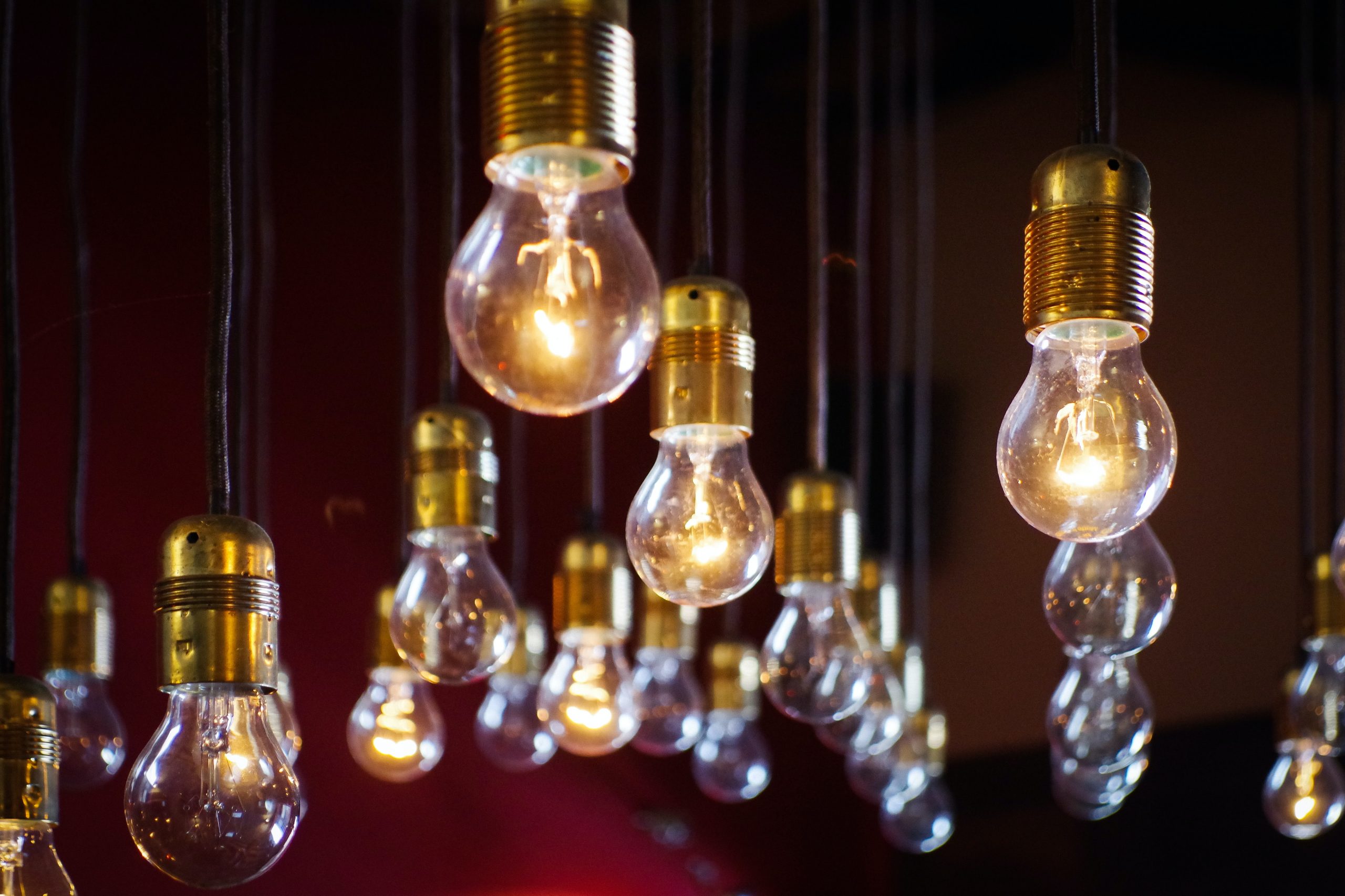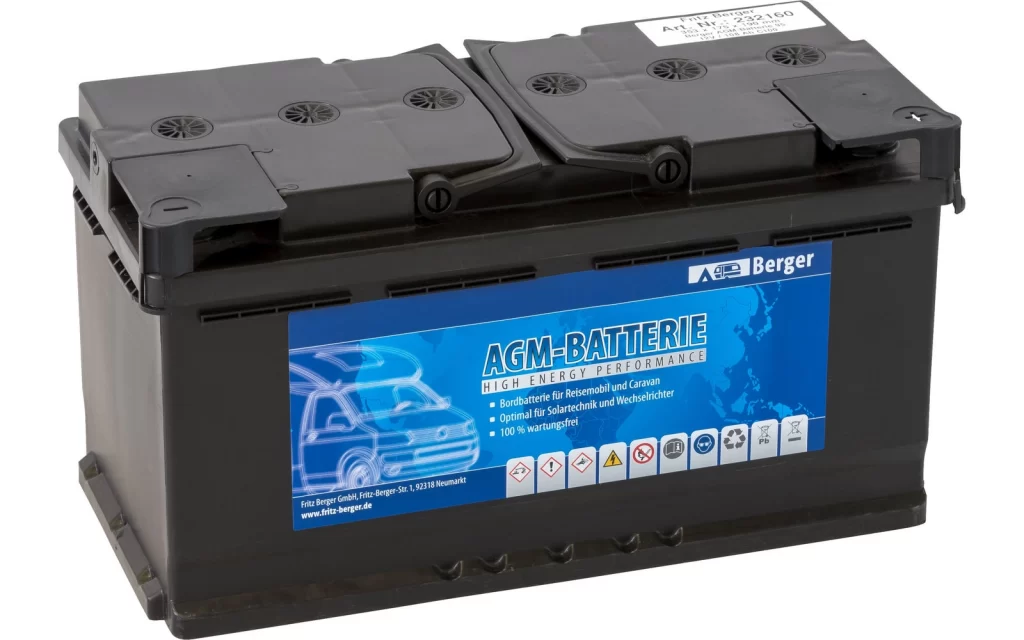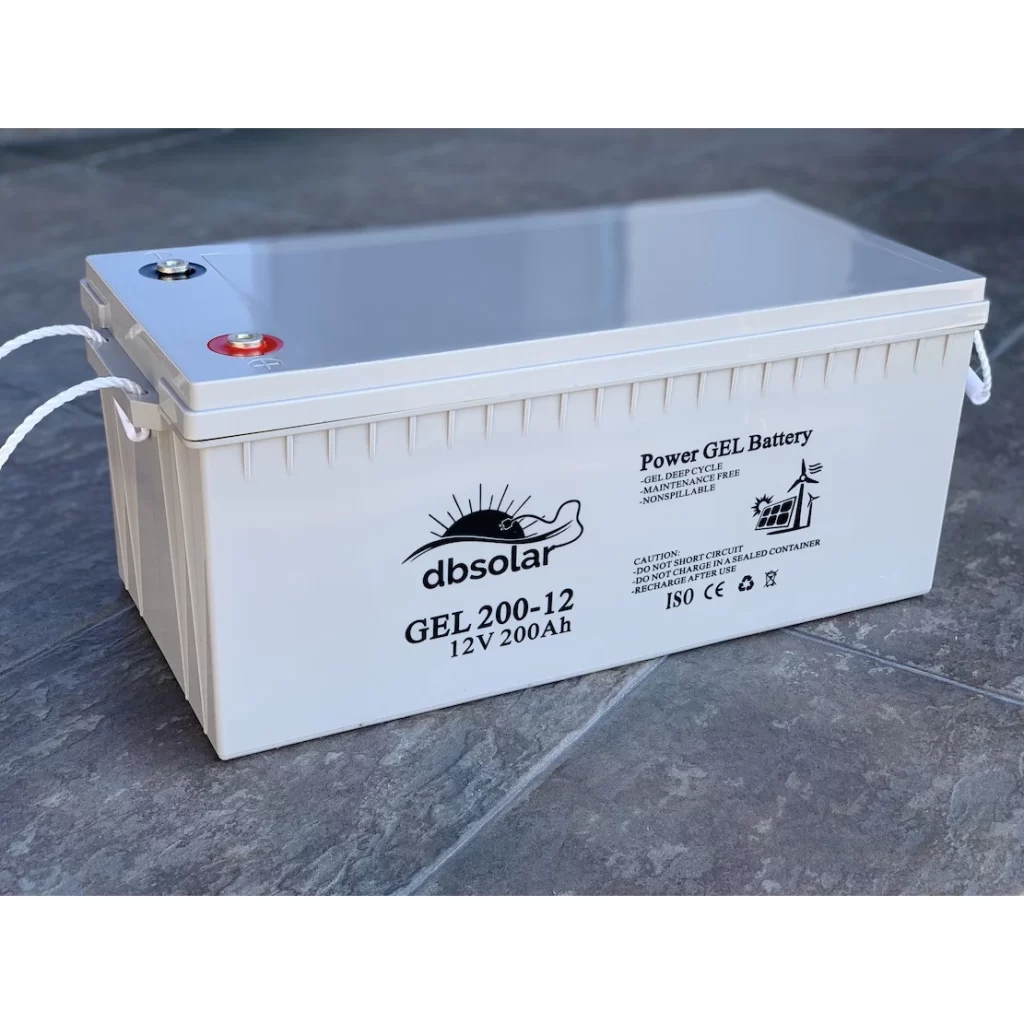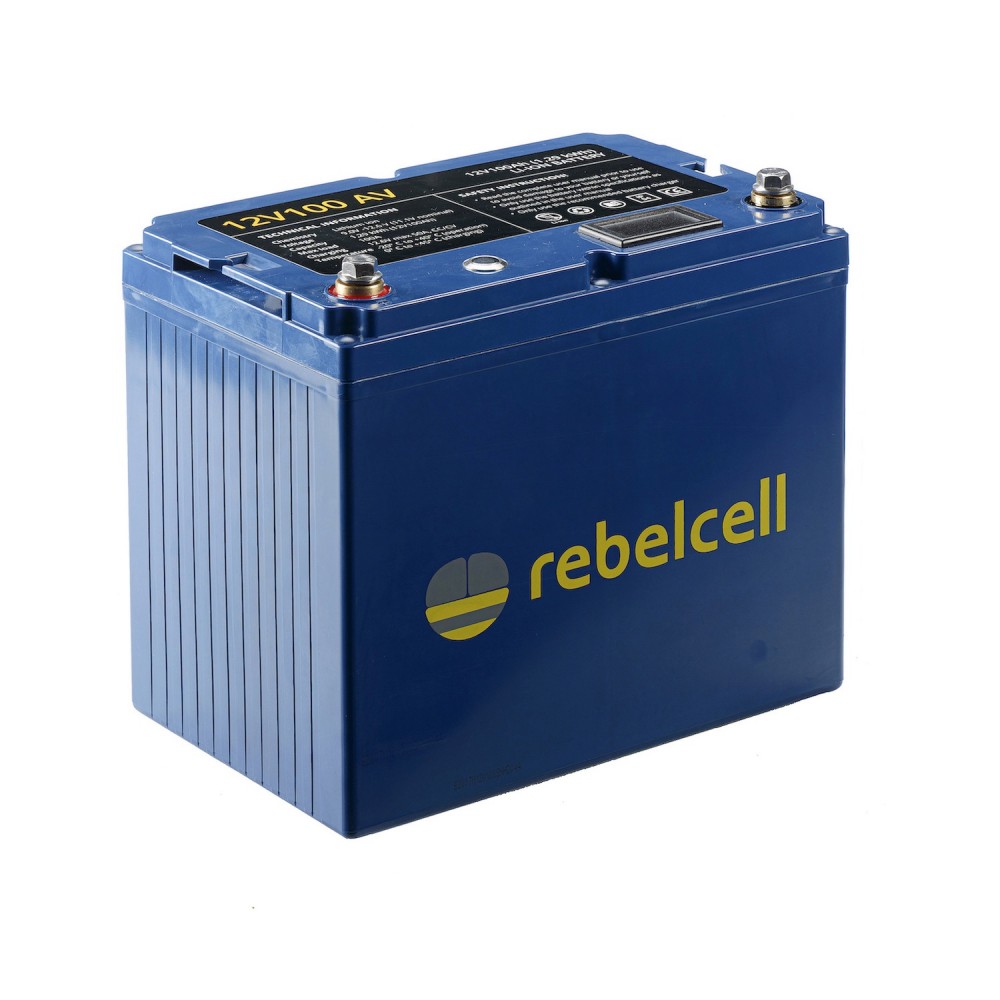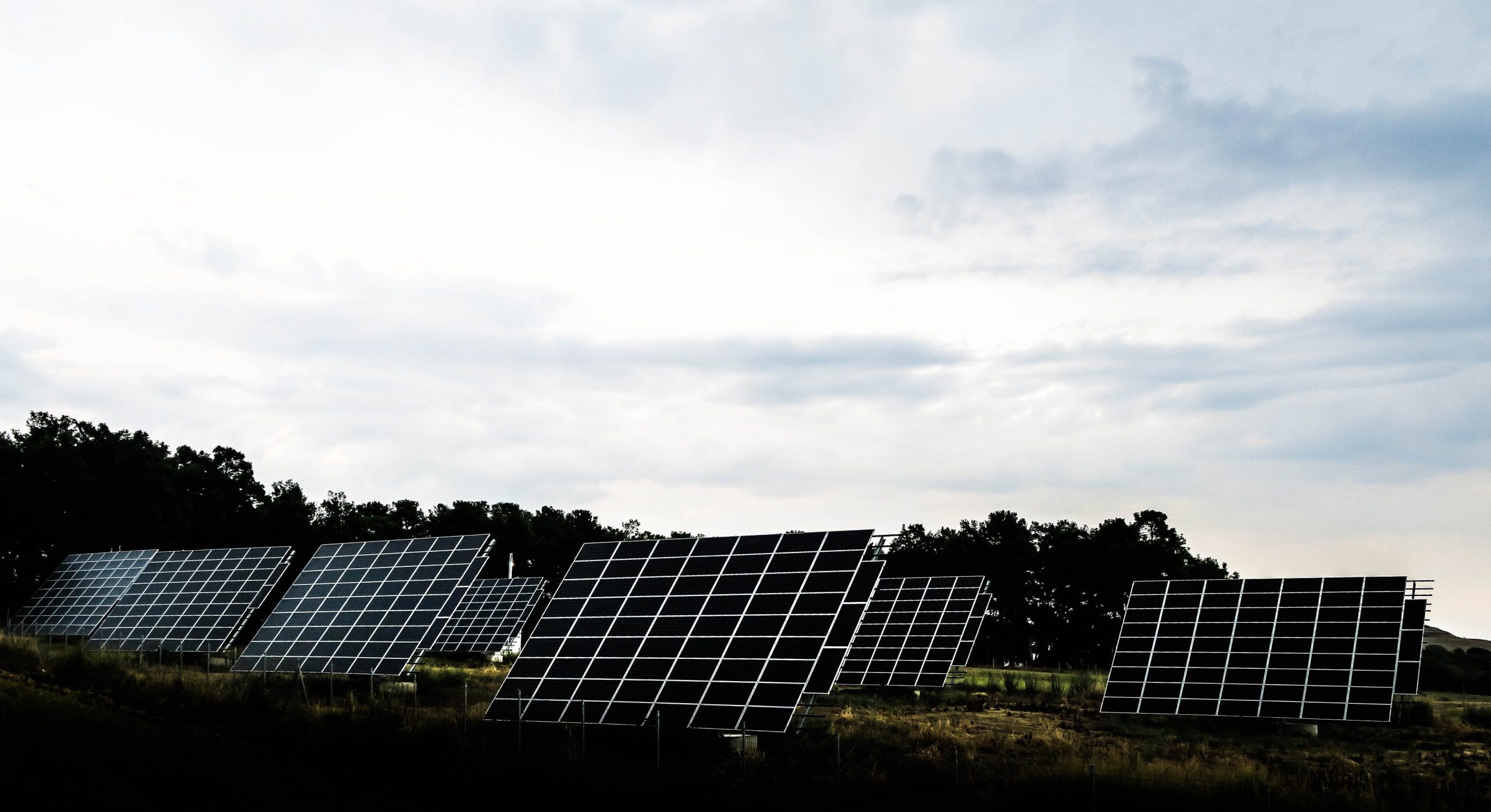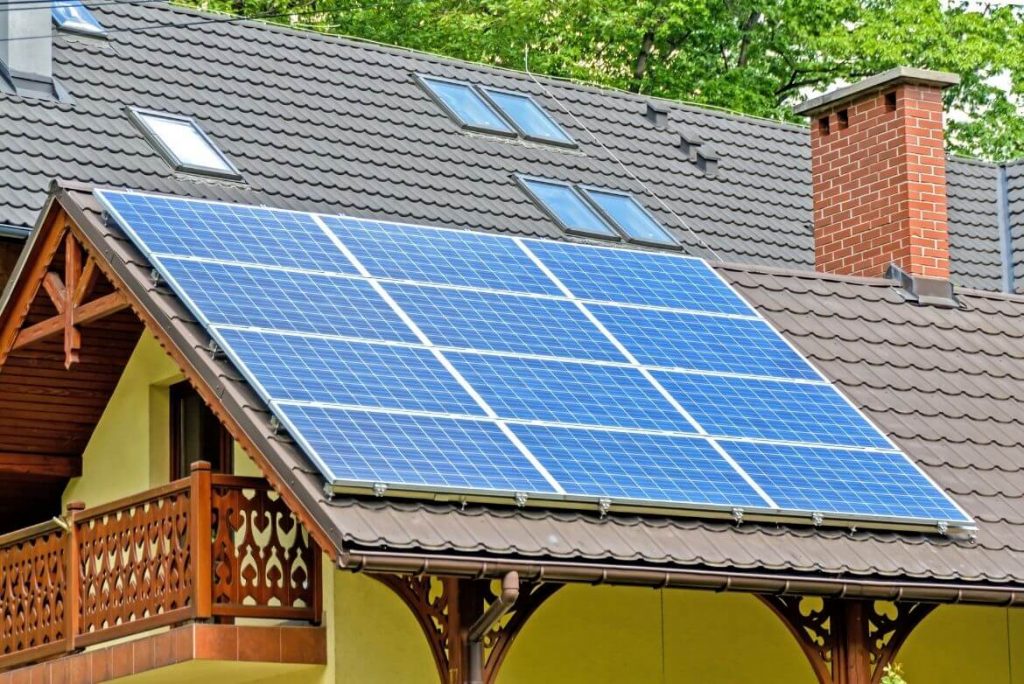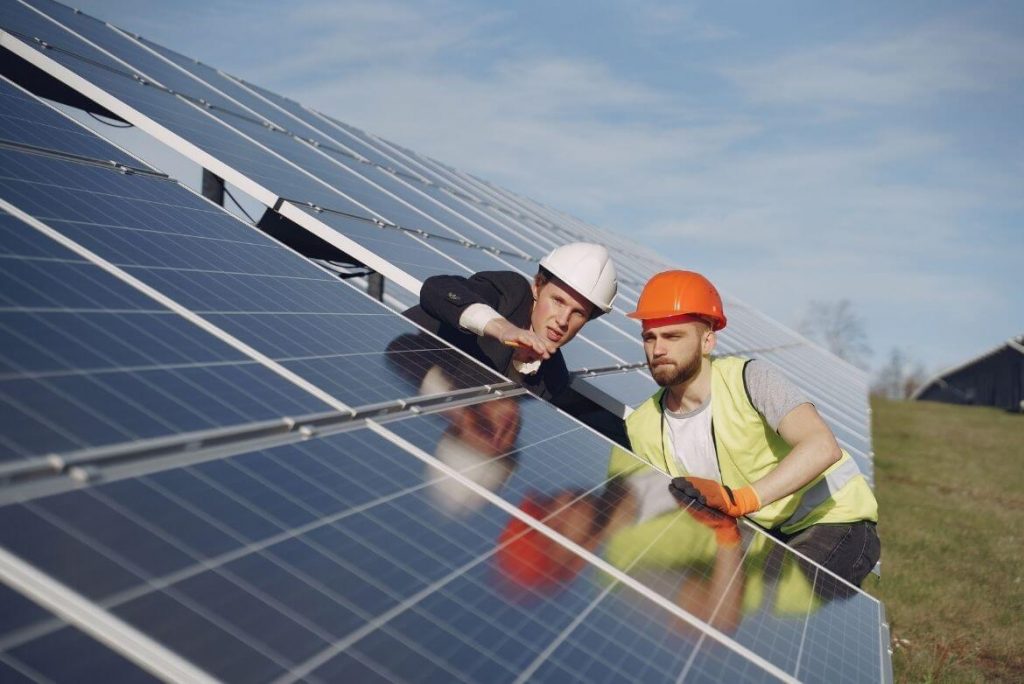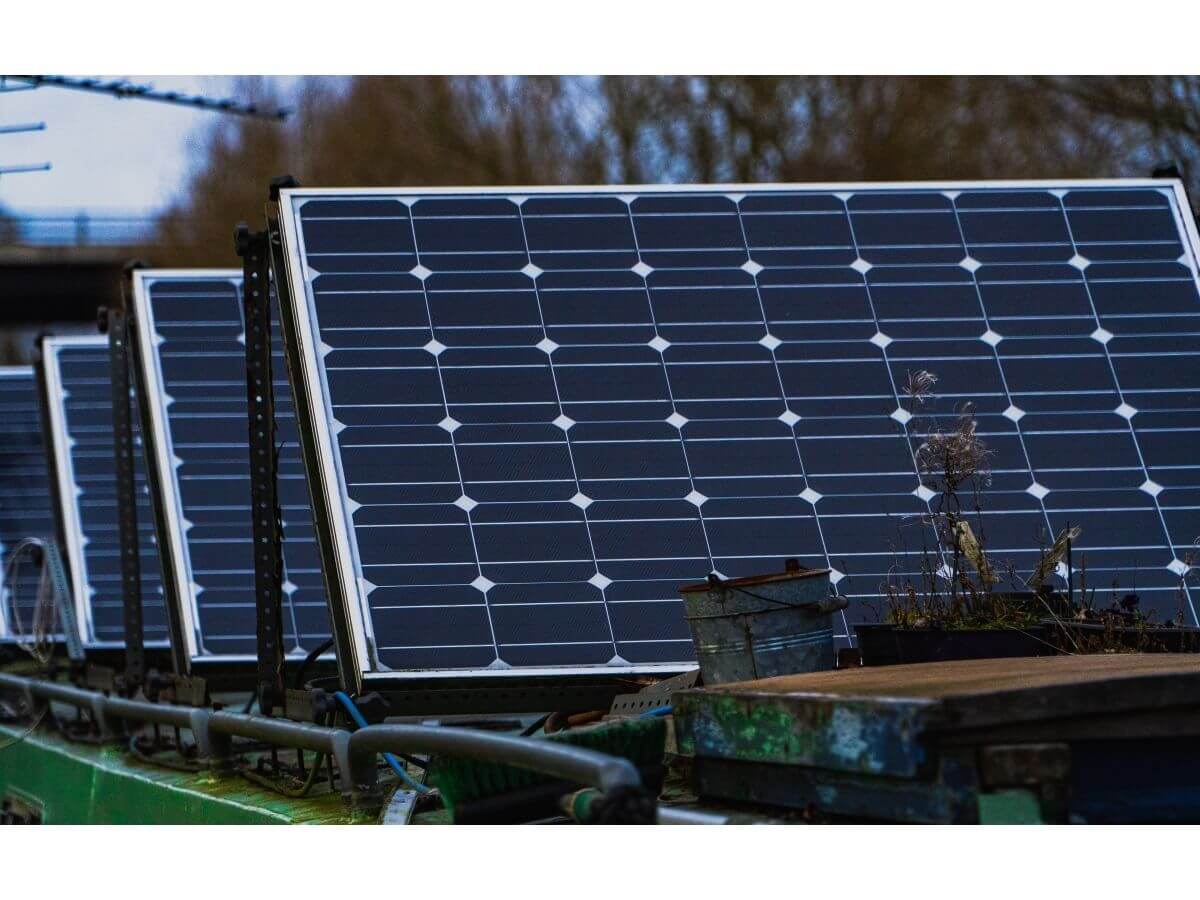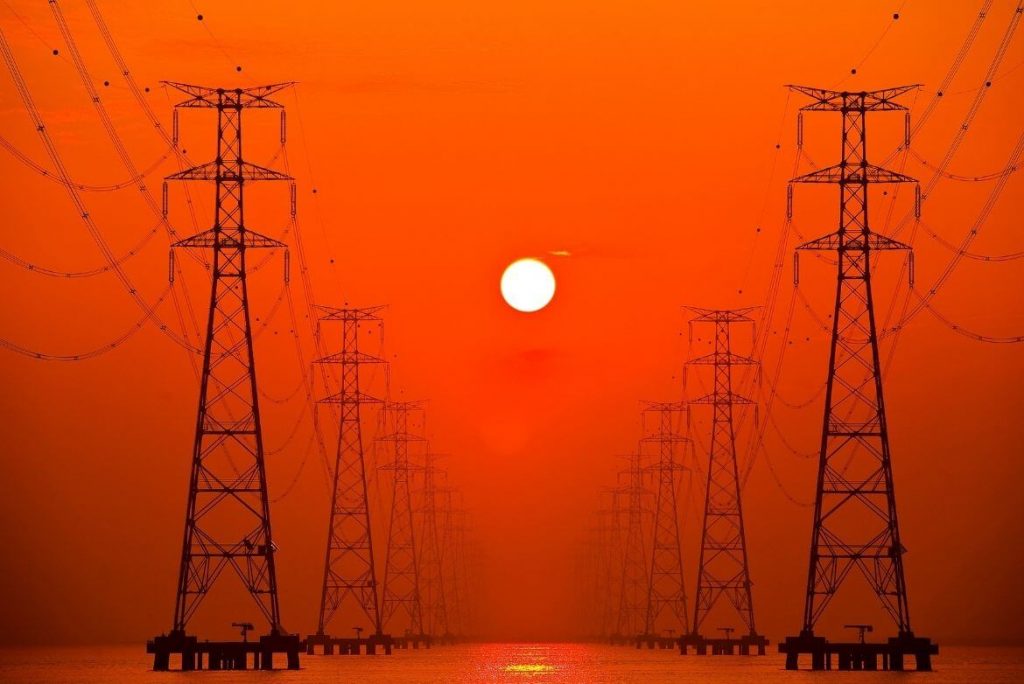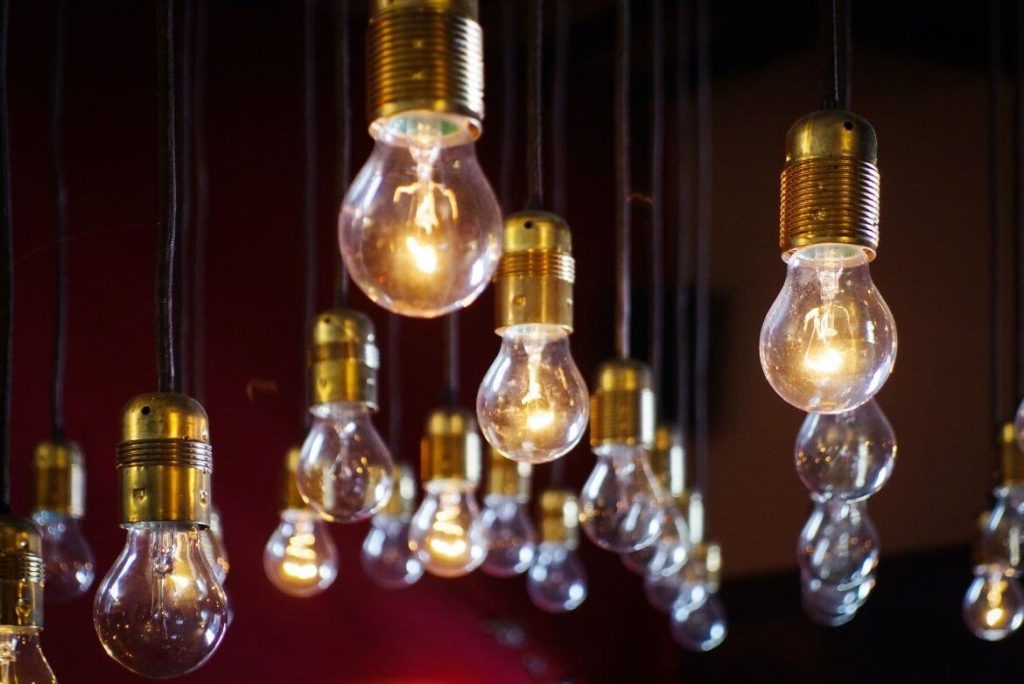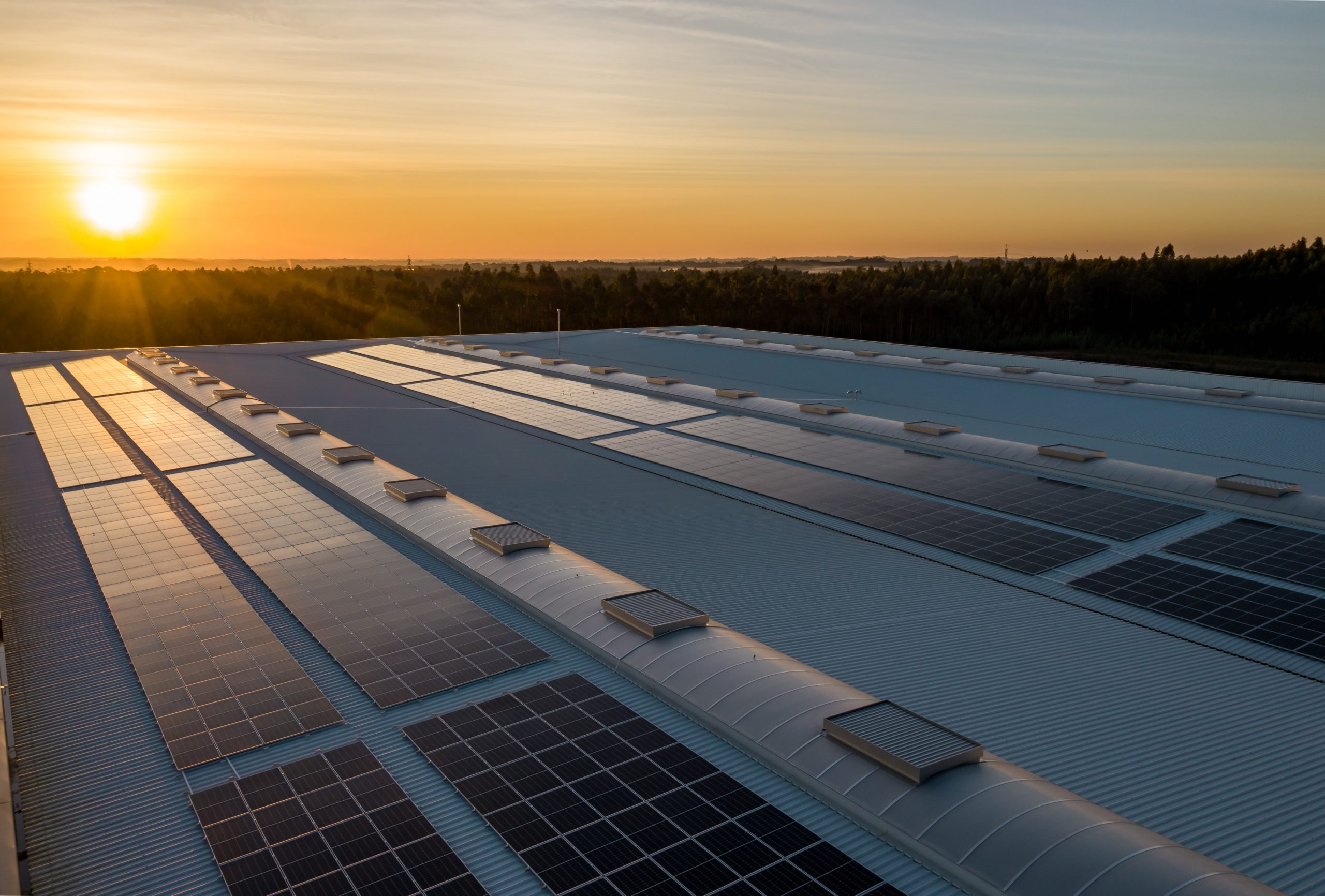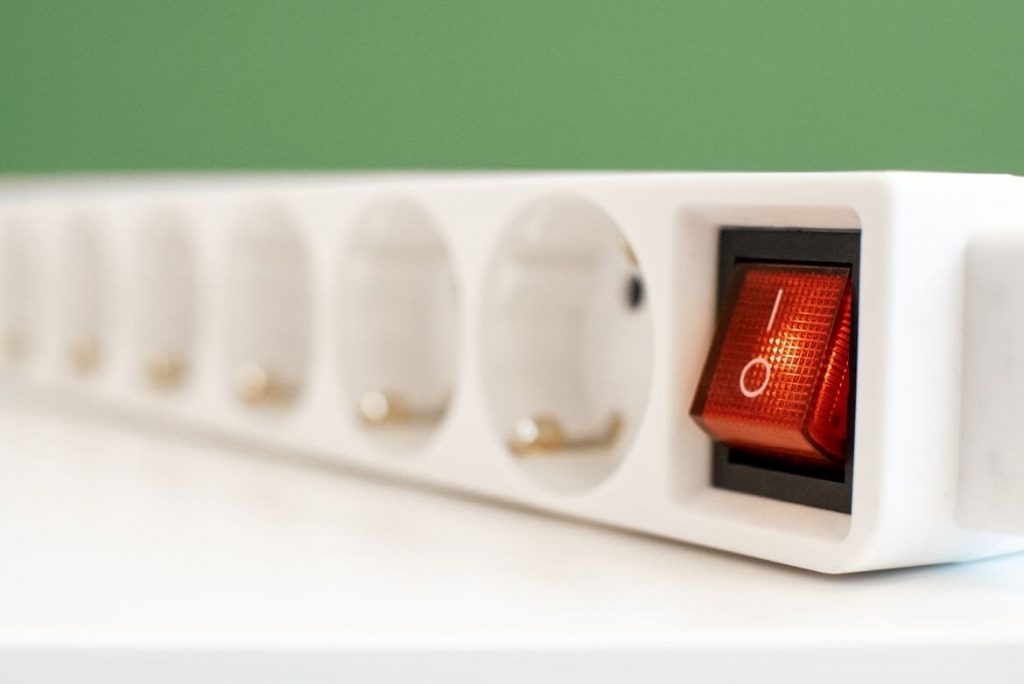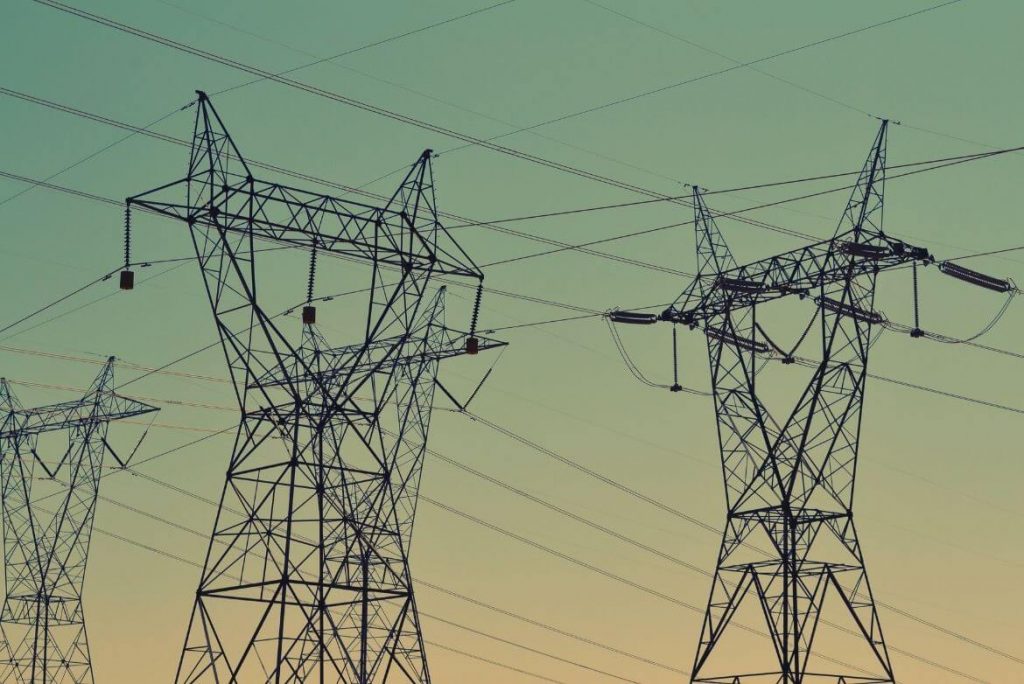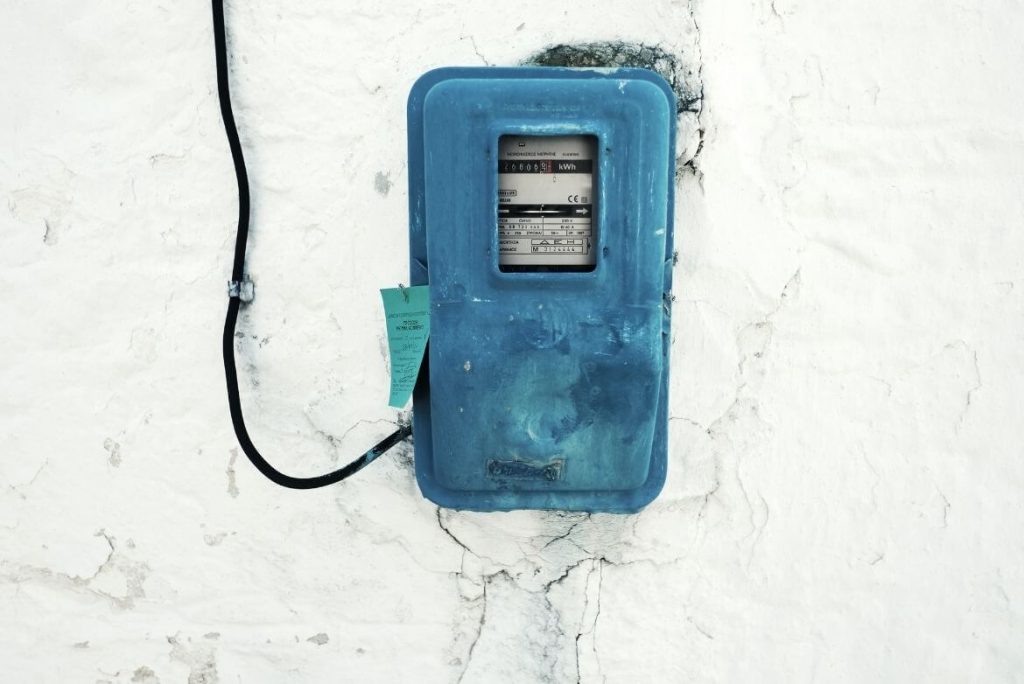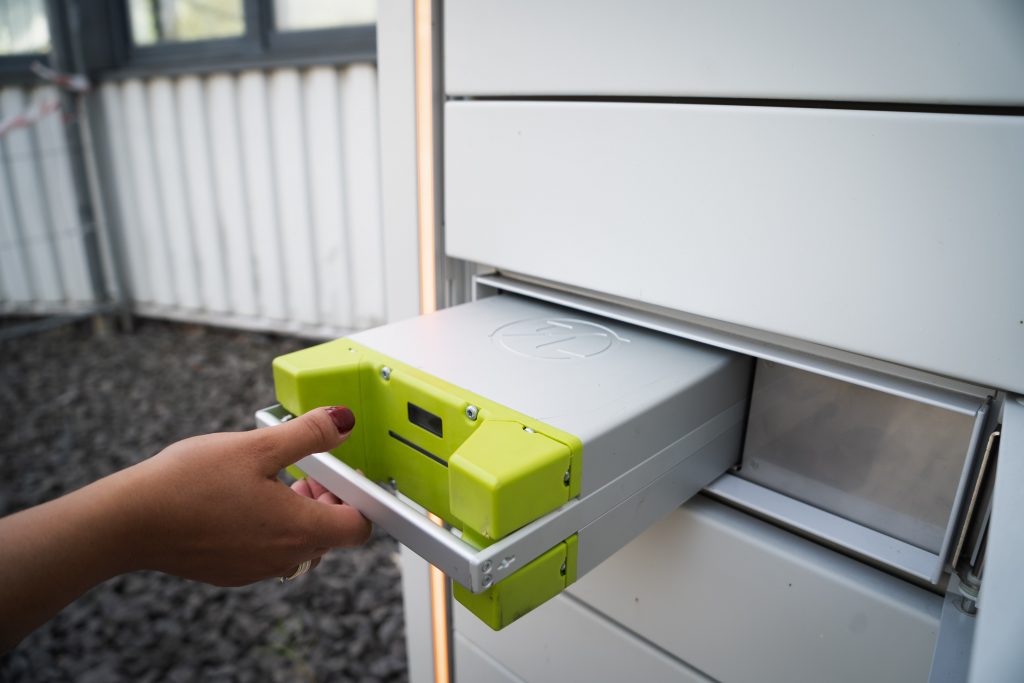Electric cars are becoming increasingly popular, both globally and in Romania. Just like solar panels, the main reasons why electric cars are gaining more and more interest are the potential for cost savings and concern for the environment.
That’s why we thought of clarifying some aspects regarding electric cars, which sometimes cause confusion among the public.

What is an electric car?
An electric car is propelled by an electric motor (exclusively or assisted by an internal combustion engine) and is powered in whole or in part by a battery. Some electric cars fall under the category of hybrid vehicles, having some CO2 emissions, but much lower than the classic ones, powered exclusively by internal combustion engines.
Electric car categories:
The main categories of electric cars are:
- BEV (Battery Electric Vehicle)
- EREV (Extended Range Electric Vehicle)
- PHEV (Plug-In Hybrid Electric Vehicle)
- HEV (Hybrid Electric Vehicle)
- MHEV (Mild Hybrid Electric Vehicle)
BEV (Battery Electric Vehicle)
Cars in this category are powered exclusively by one or more electric motors, powered by a battery.
The battery of an electric car must always be recharged at a specially designed station or at home, at a regular outlet. Recharging a battery varies between 30 minutes and 12 hours, depending on the cable and method.
In Romania, the most popular cars in this category are:
- Renault Zoe
- Nissan Leaf
- Volkswagen e-Gold
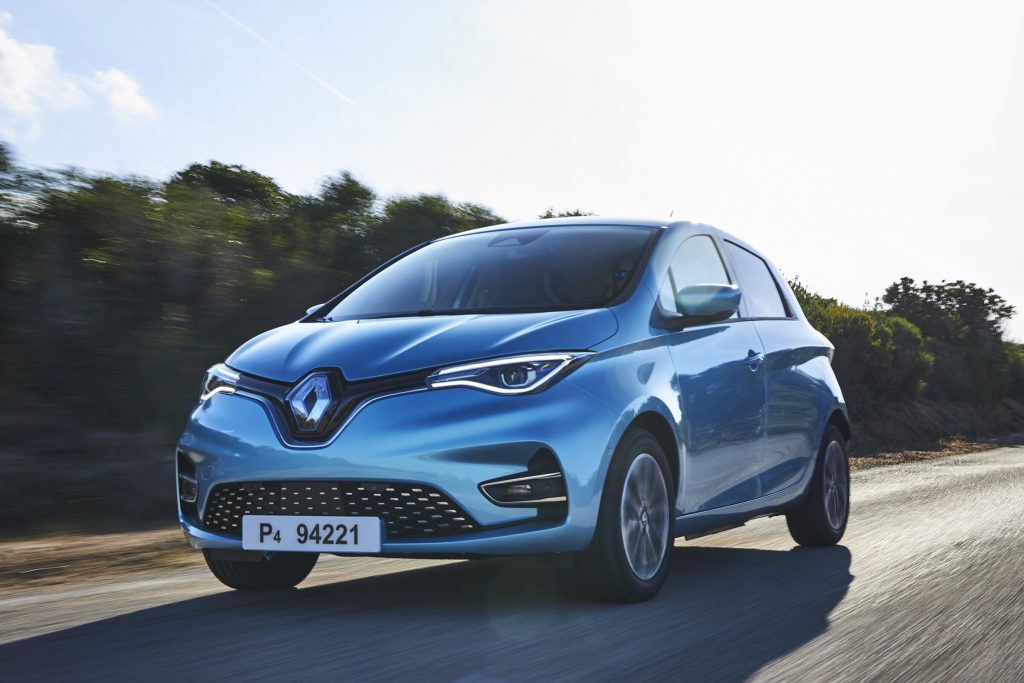
EREV (Extended Range Electric Vehicle)
Unlike a BEV (Battery Electric Vehicle), an EREV also has a small power generator that assists the motor in covering a longer distance.
This small generator is a very small internal combustion engine (500-600cc) that provides additional energy to charge the electric batteries. As a result, CO2 emissions only occur when this small generator operates, but not when the electric motor runs on its own energy.
The best example of an EREV car is the BMW i3.
PHEV (Plug-In Hybrid Electric Vehicle)
PHEVs are propelled by both an internal combustion engine and an electric motor. The electric motor’s battery can be charged separately, as well as with the help of the internal combustion engine. Specifically, part of the energy is used directly by the engine, and the surplus energy is stored in batteries. As a result, the internal combustion engine operates at optimal speeds, resulting in lower fuel consumption.
The most popular PHEV cars in Romania are:
- Mutsubishi Otlander PHEV
- Peugeot 508
- Toyota RAV 4 PHEV
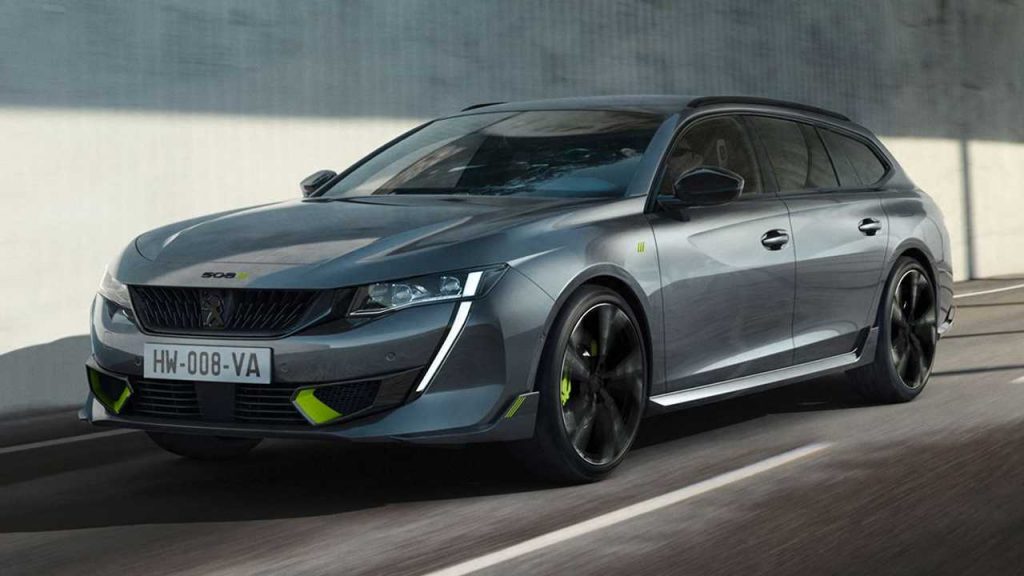
HEV (Hybrid Electric Vehicle)
In the case of HEV cars, the electric motor works simultaneously with the thermal engine (internal combustion), reducing fuel consumption. The most popular HEV cars are:
- Toyota CH-R
- Toyota Prius
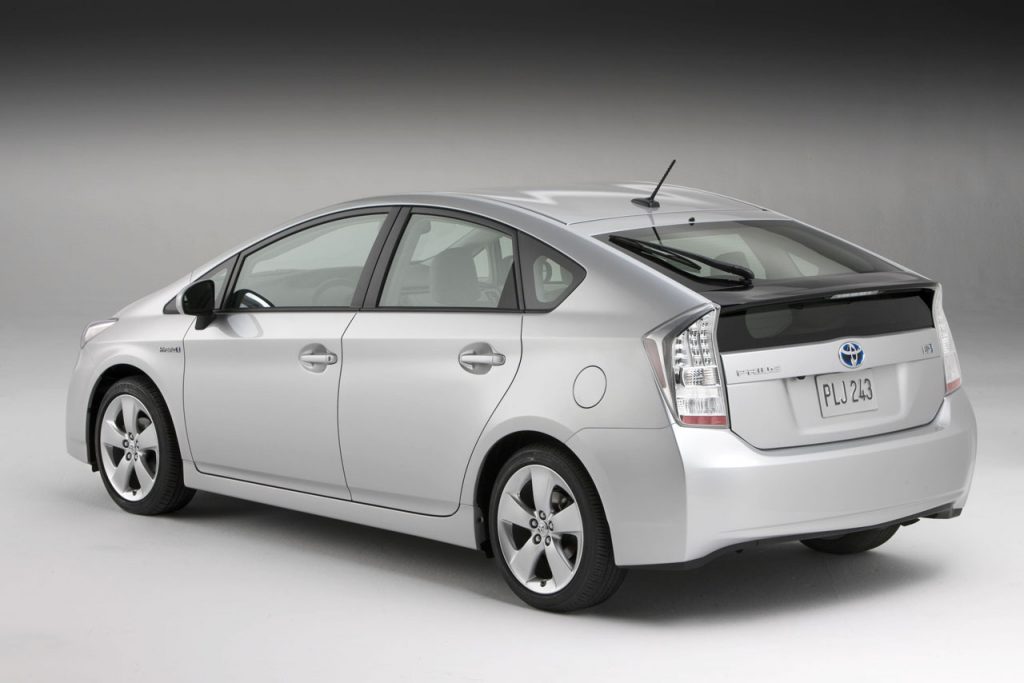
MHEV (Mild Hybrid Electric Vehicle)
An MHEV car is based on a classic internal combustion engine, but also uses a small electric thruster as a mechanism to conserve energy when braking, cruising or starting from a standstill. This electric motor is not powerful enough to move the vehicle by itself, but it assists the thermal engine in the conditions mentioned above. The results are lower fuel consumption, but also the reduction of polluting emissions.
